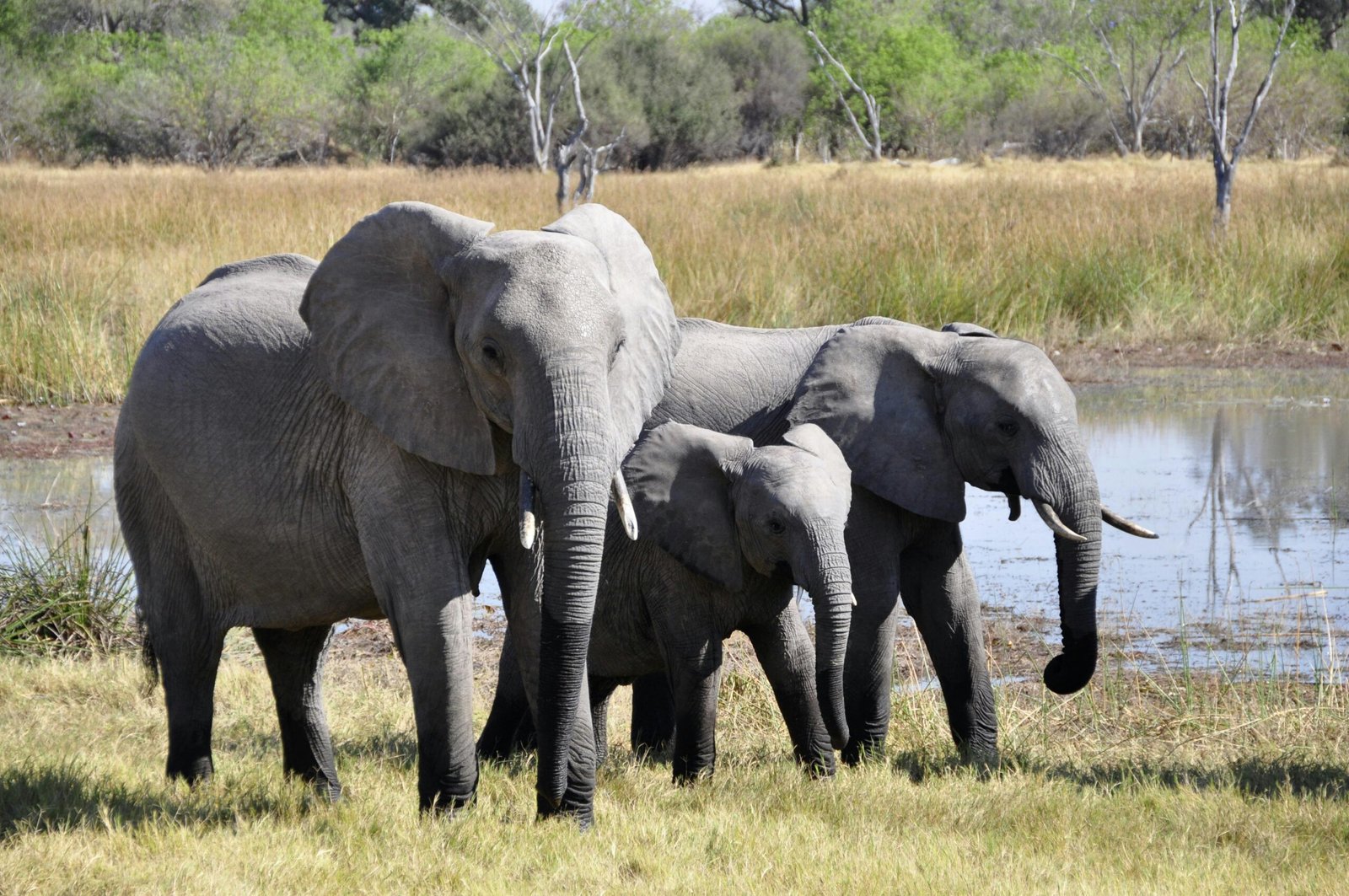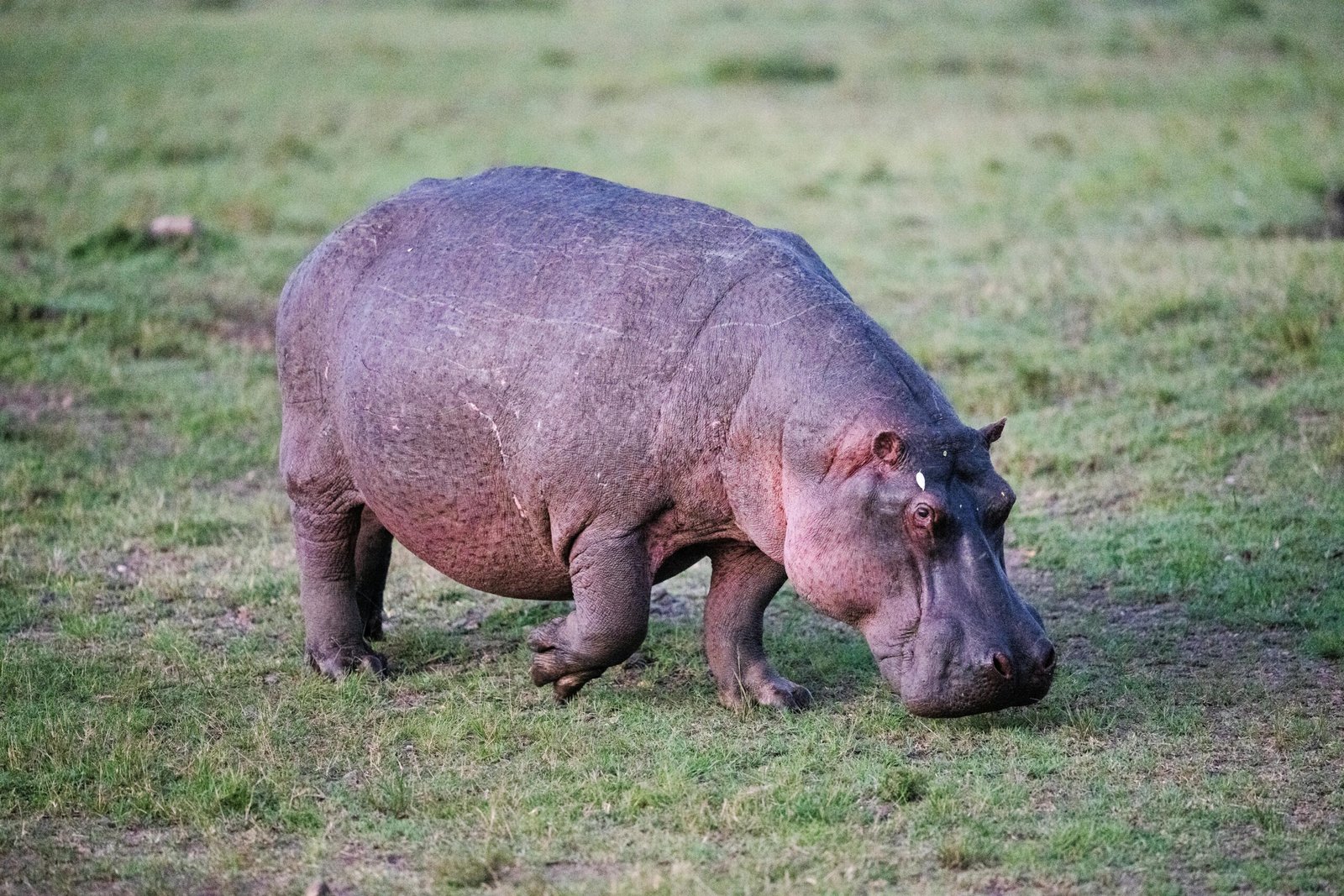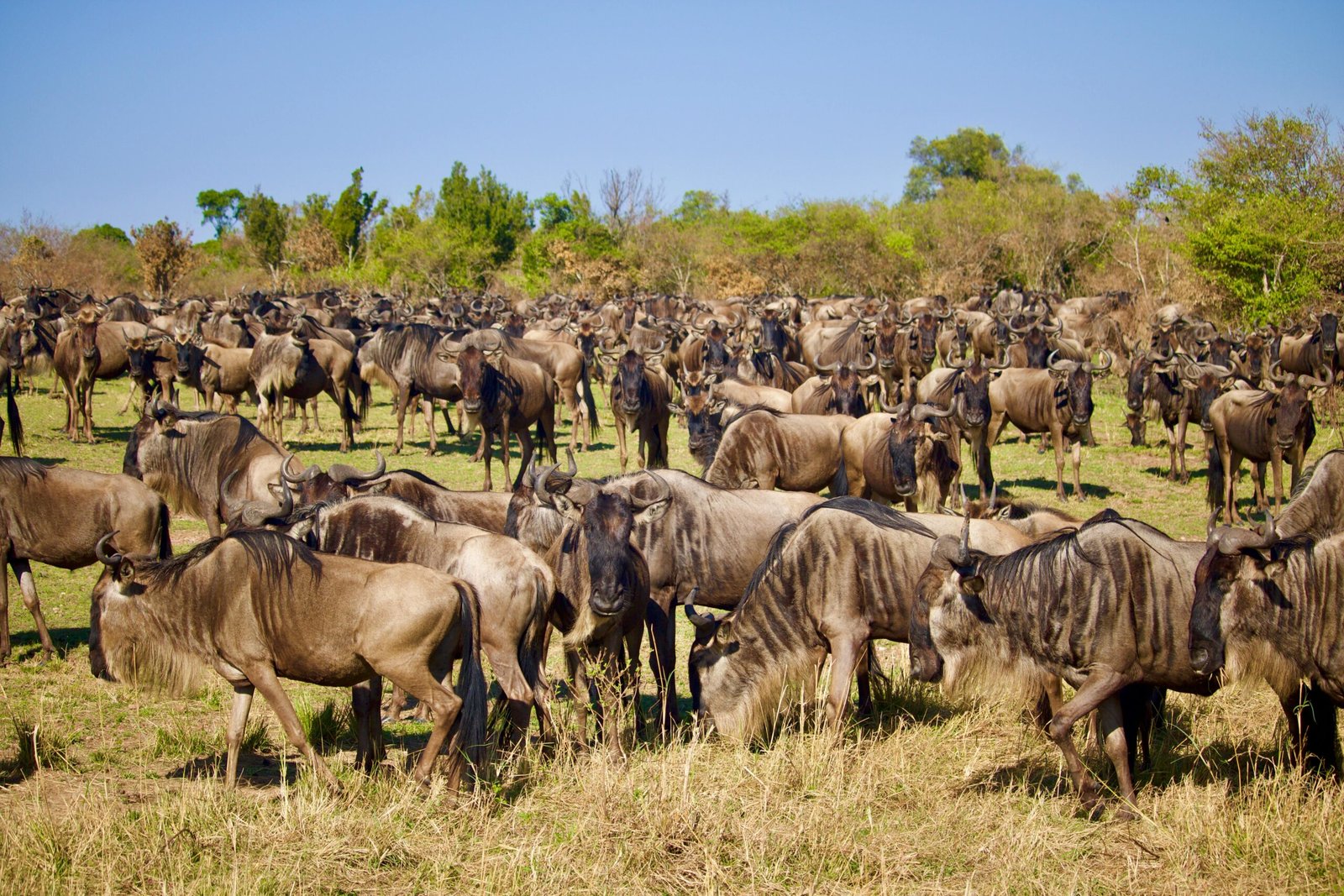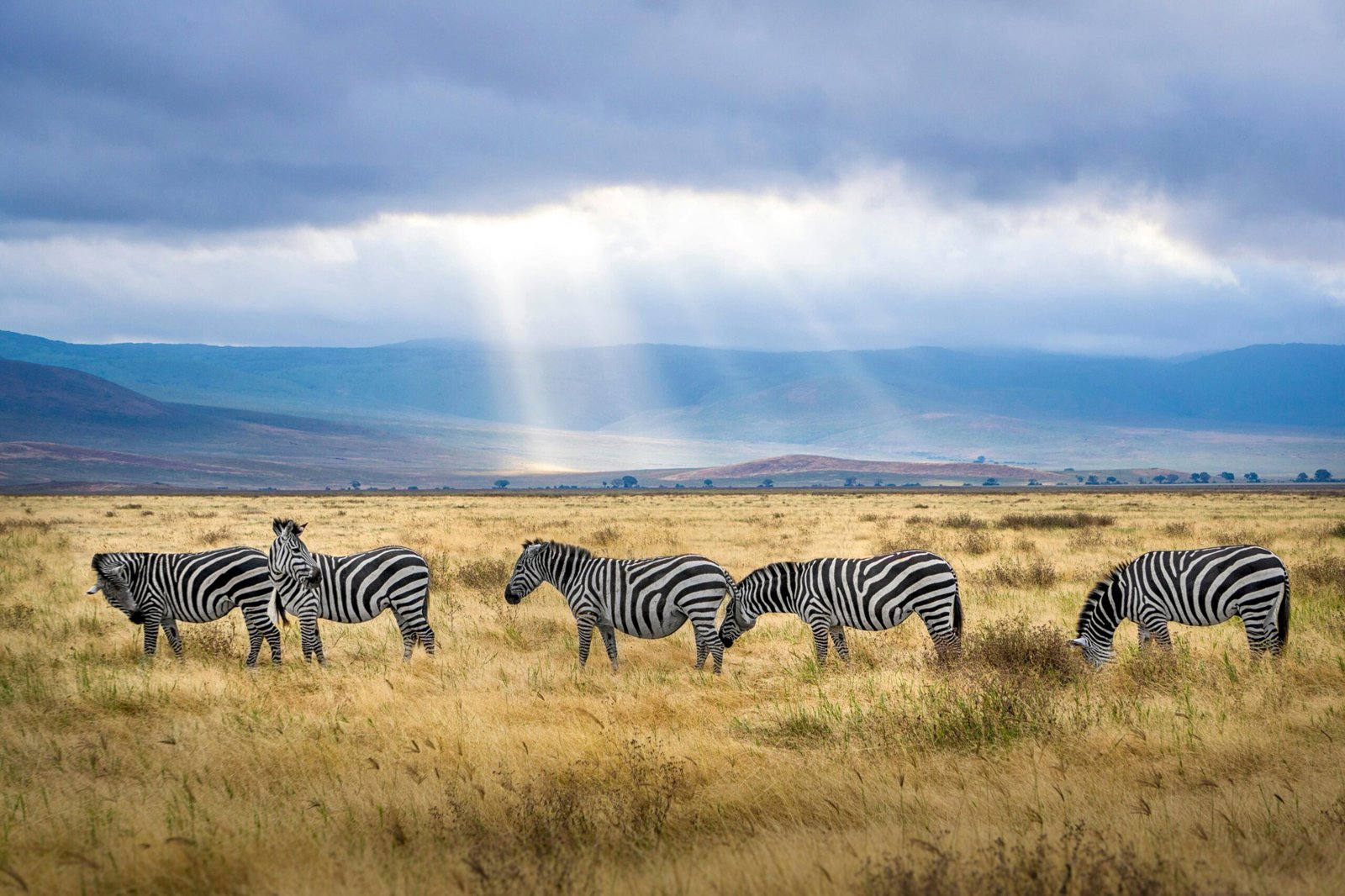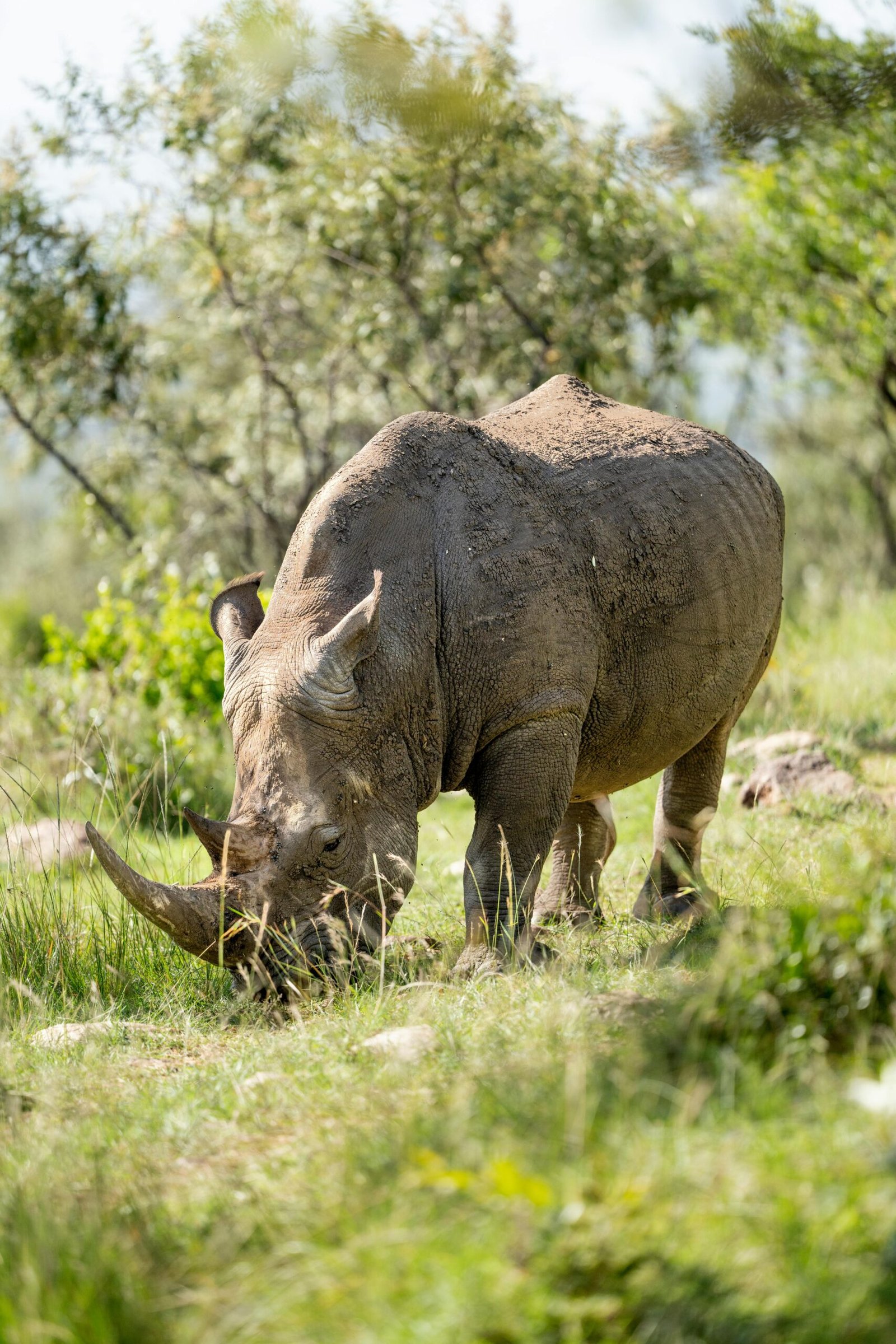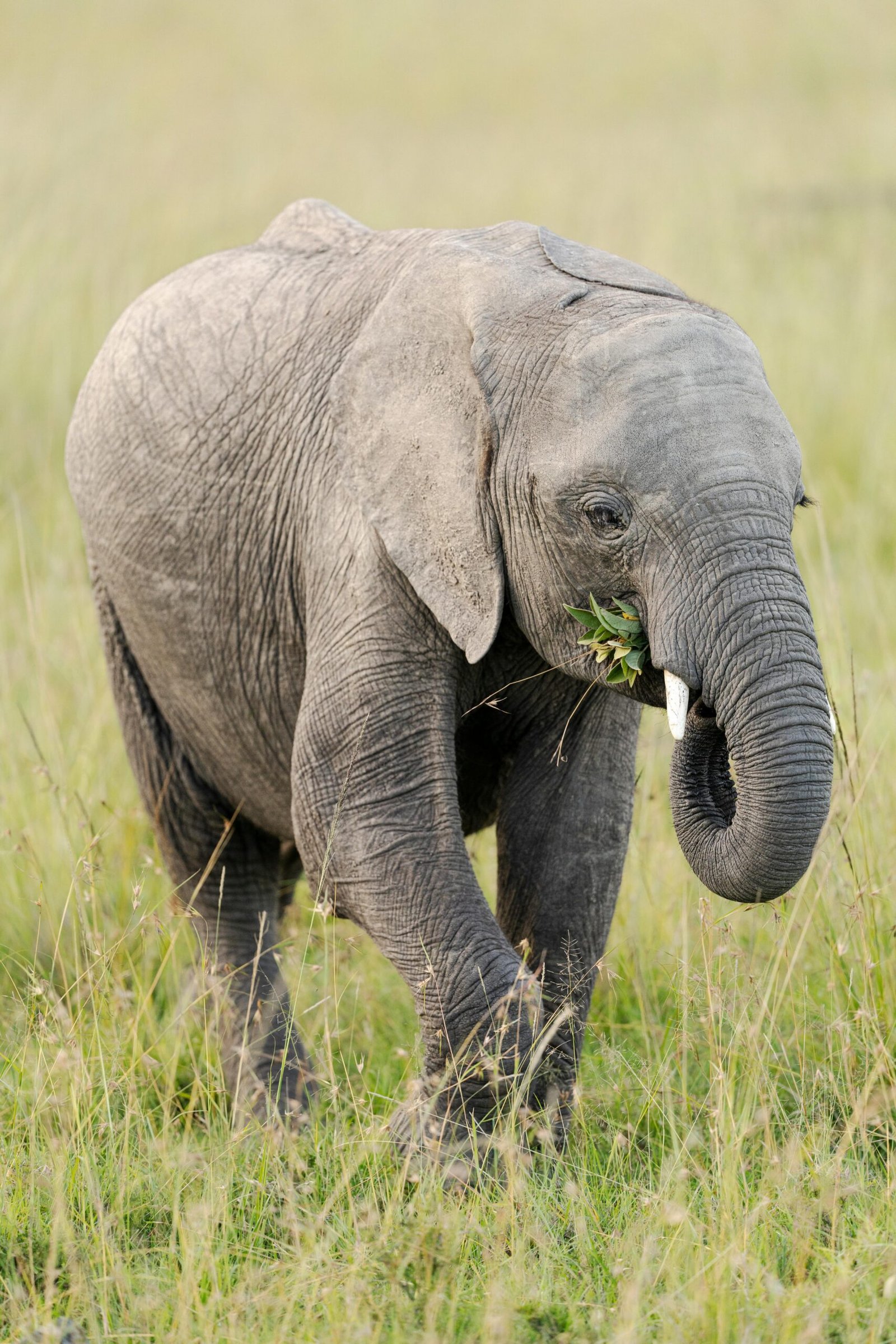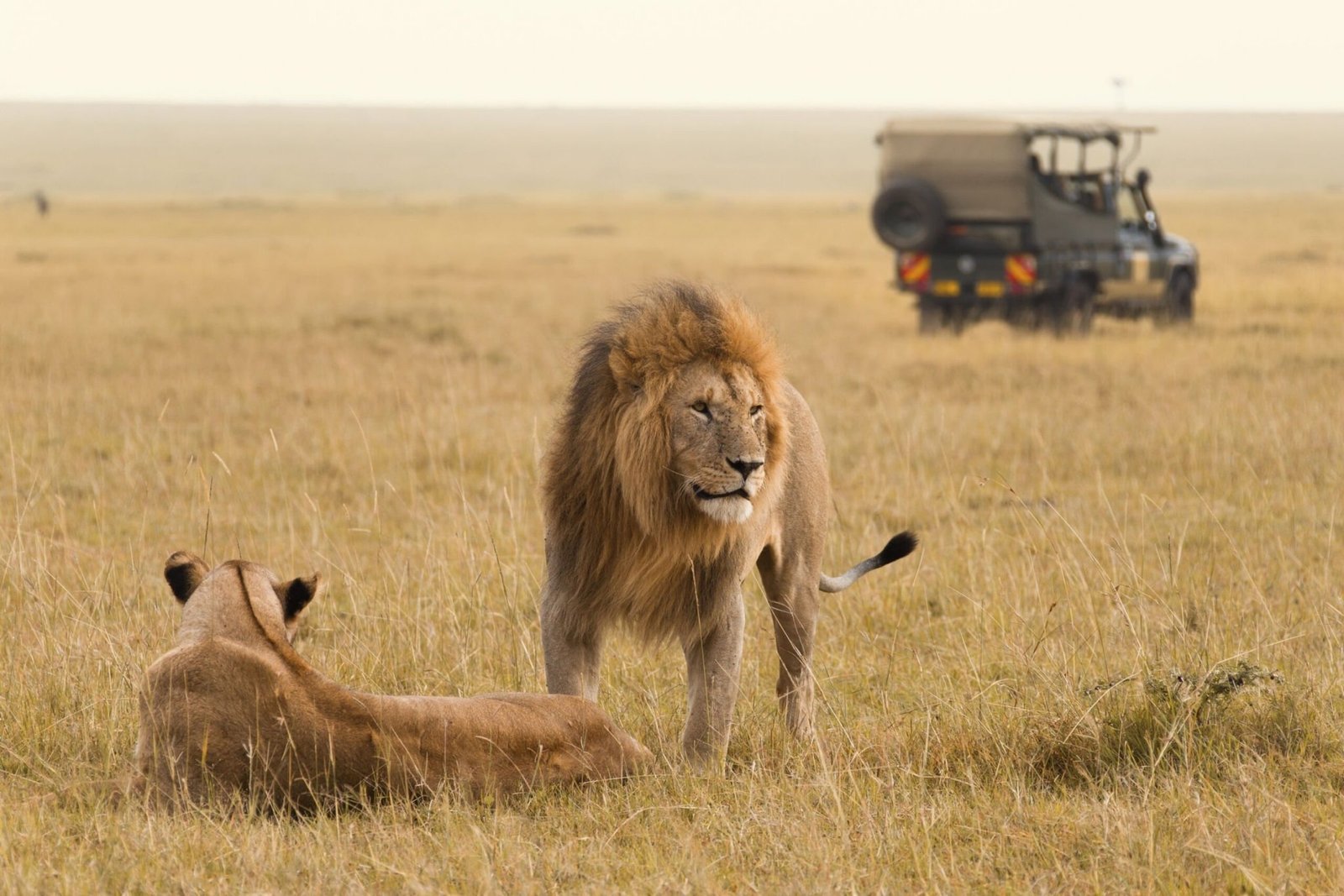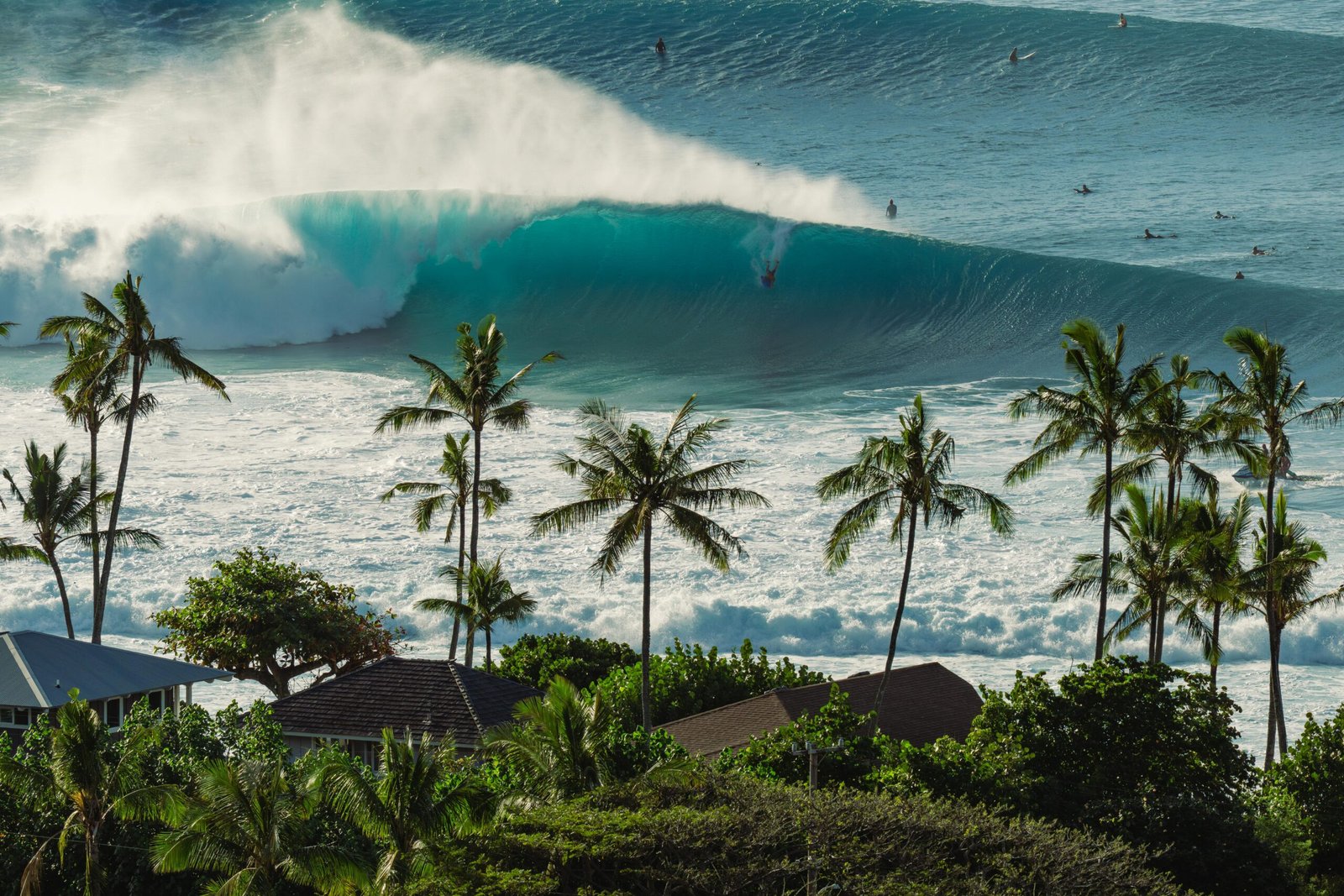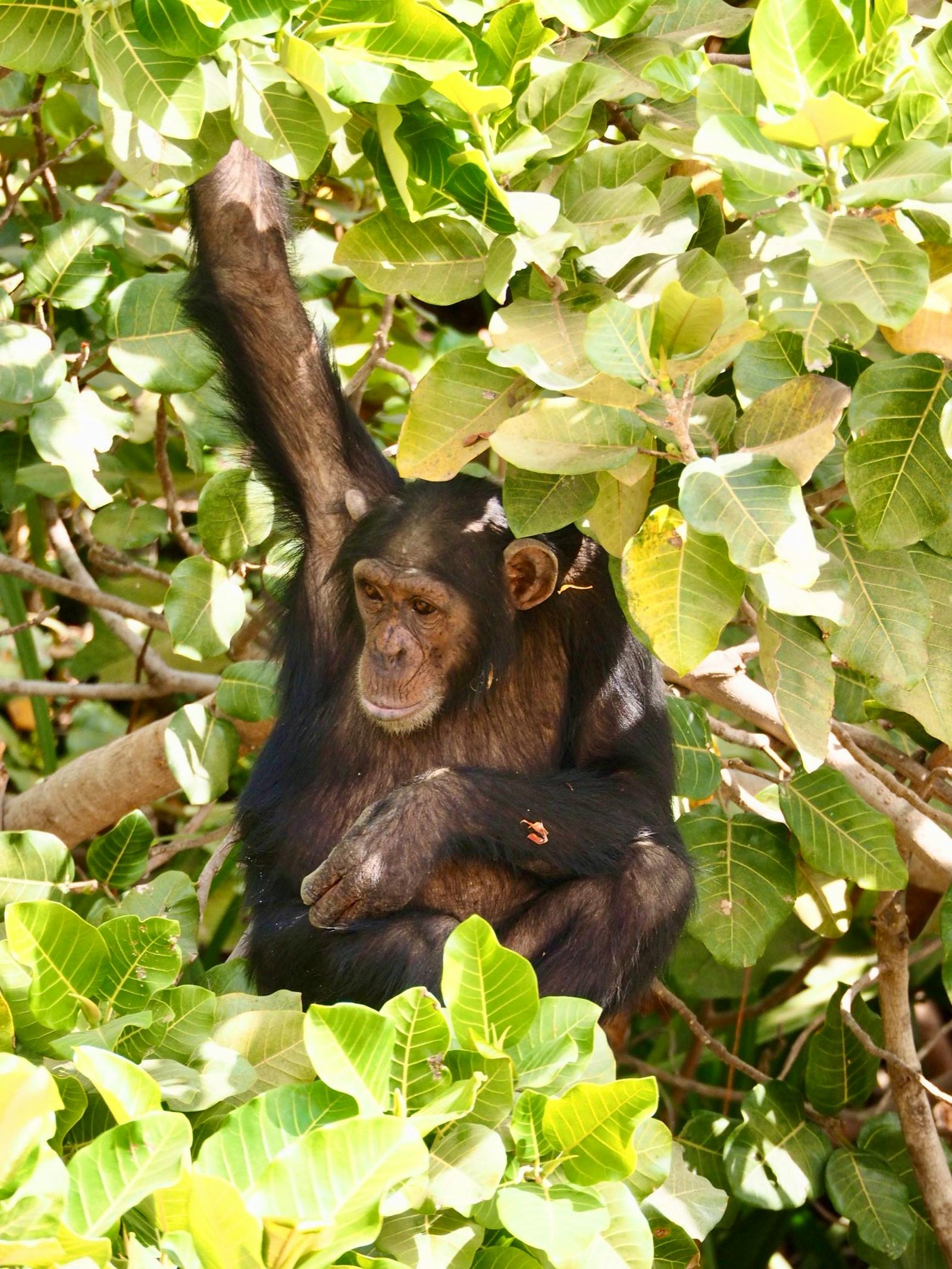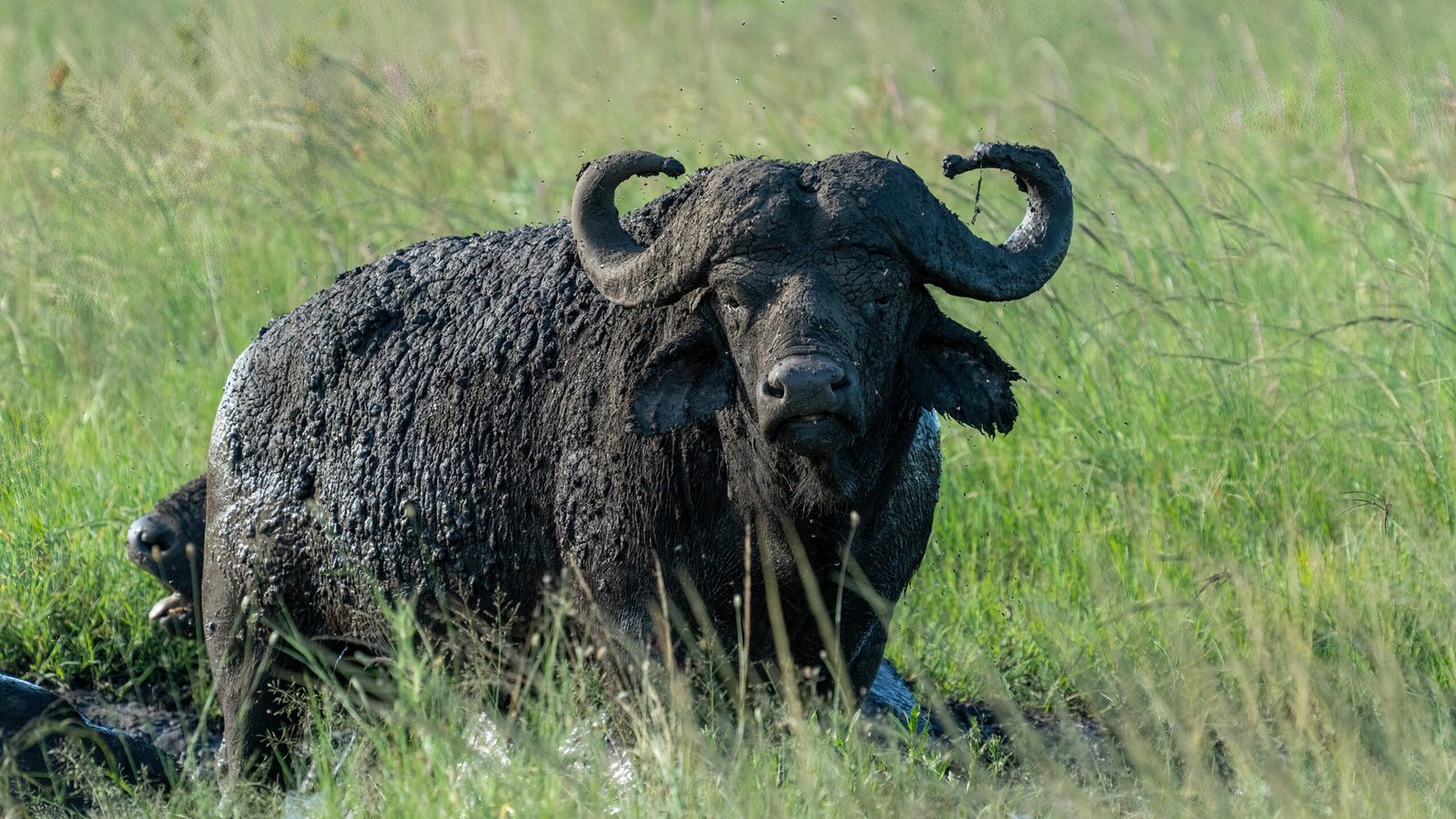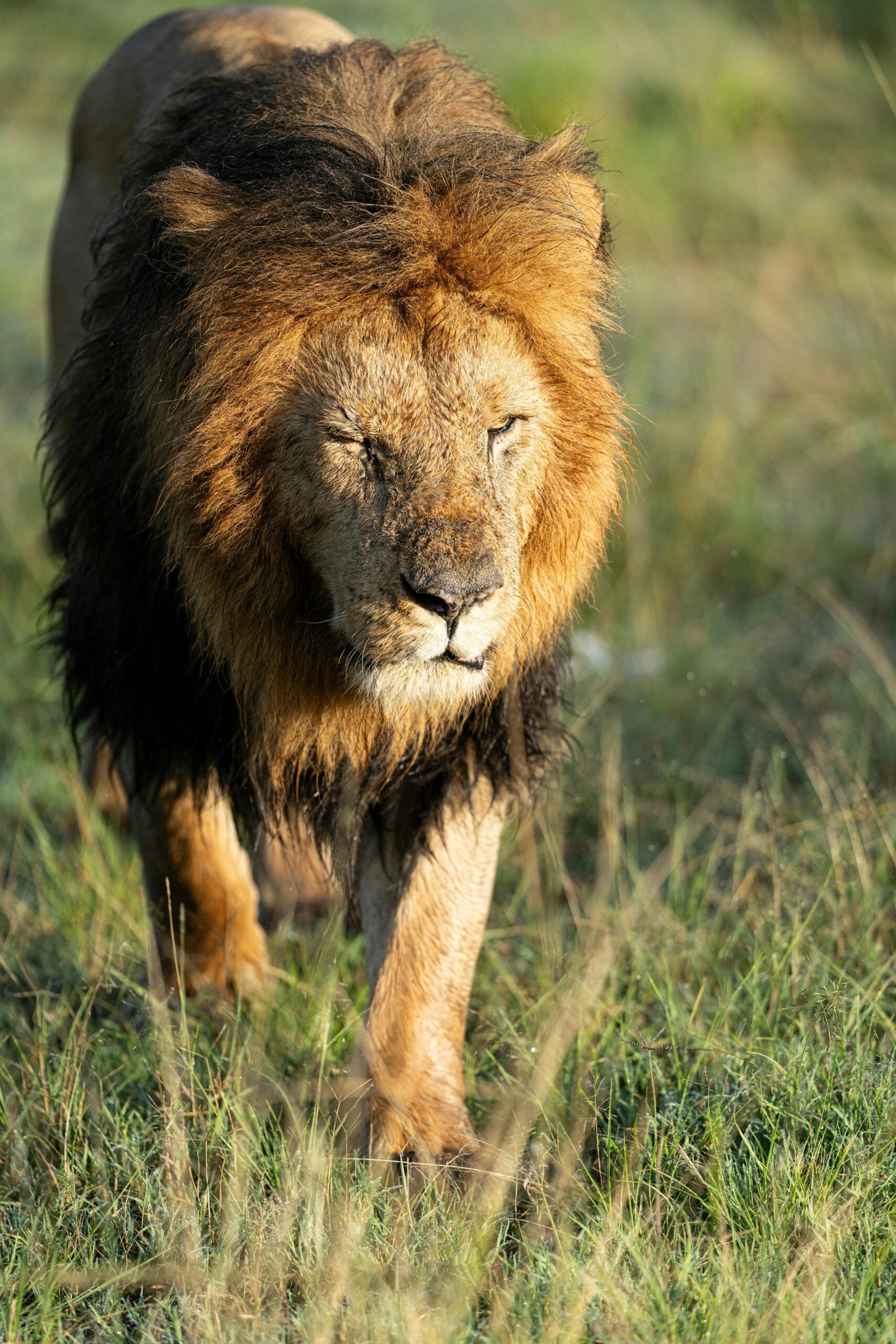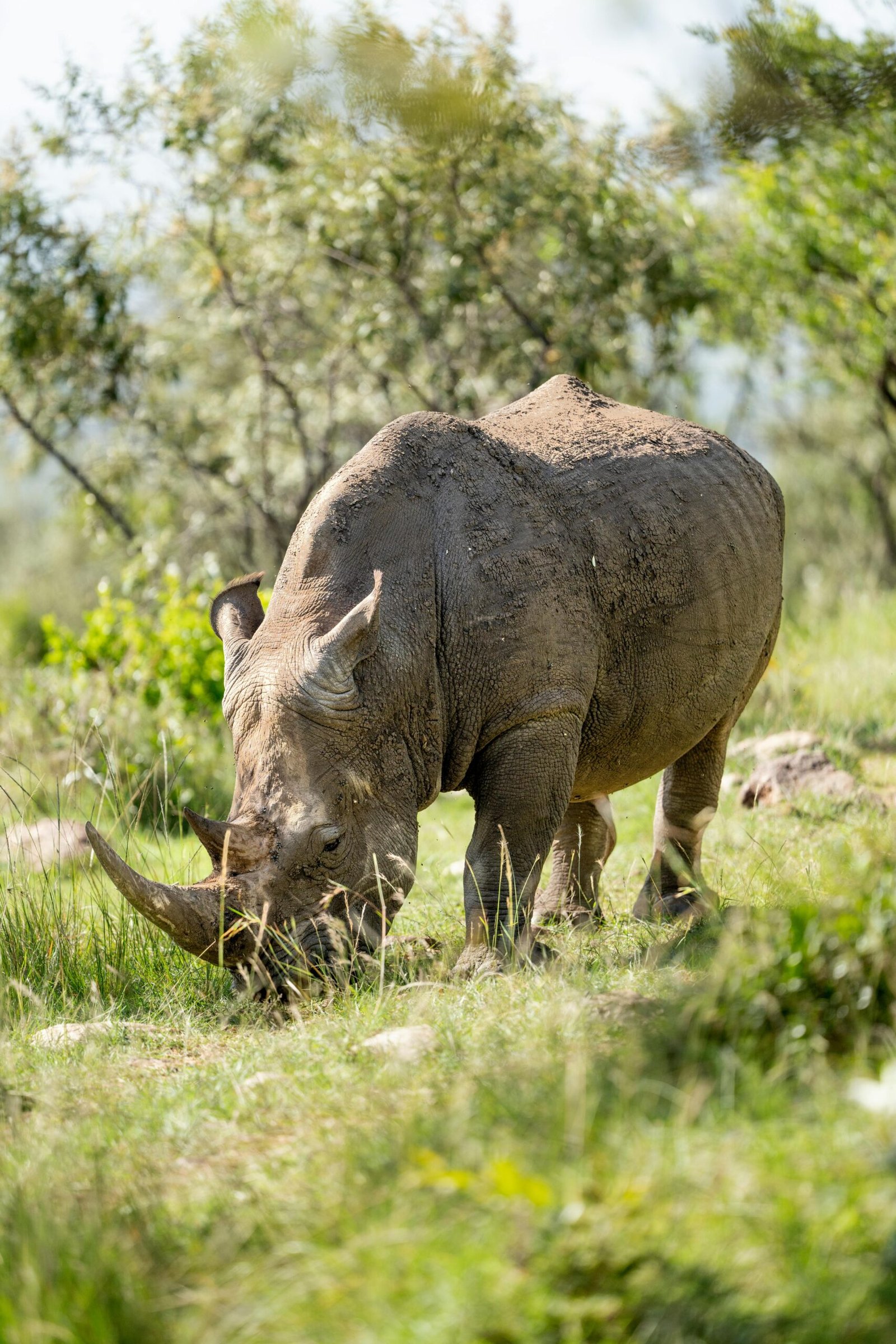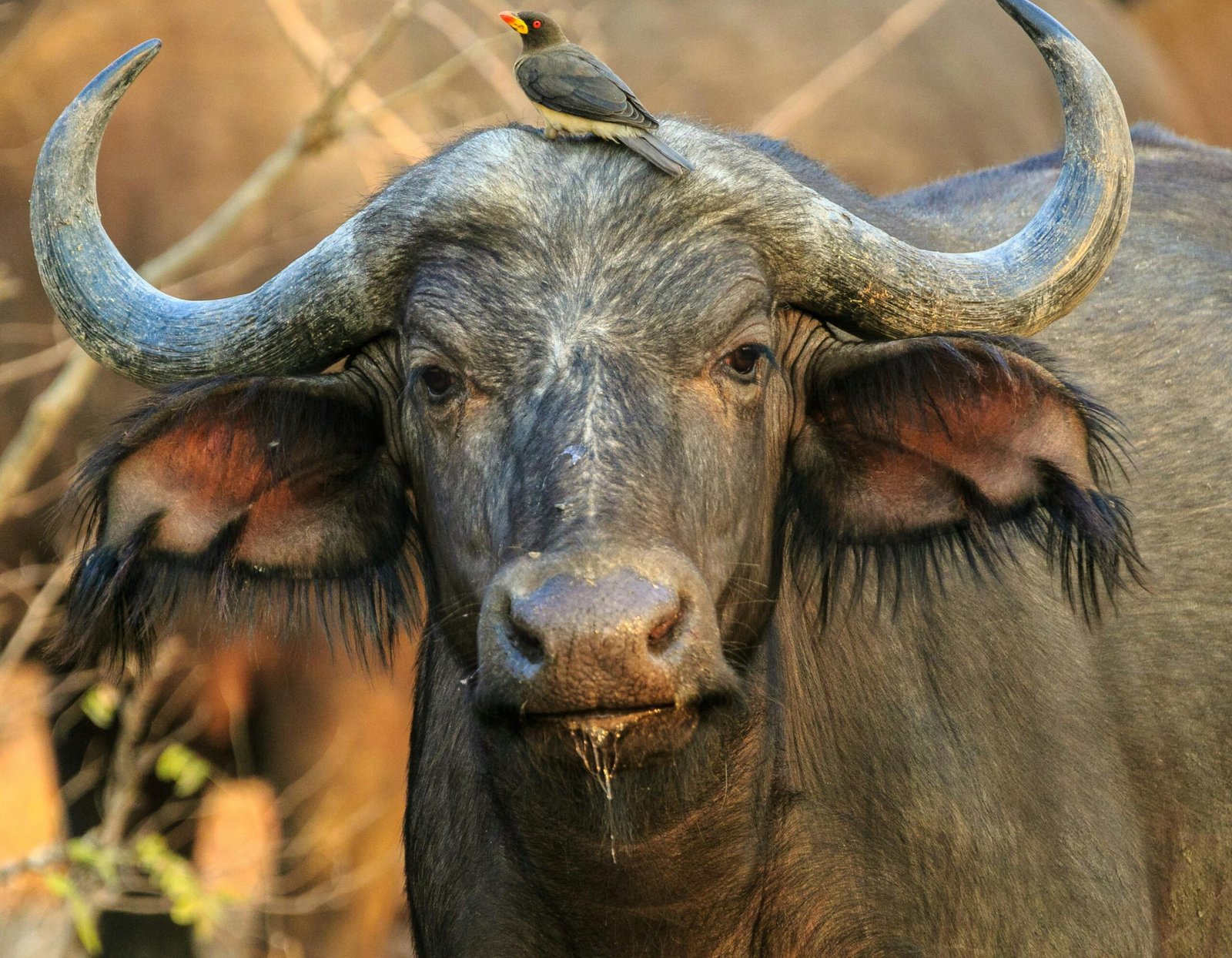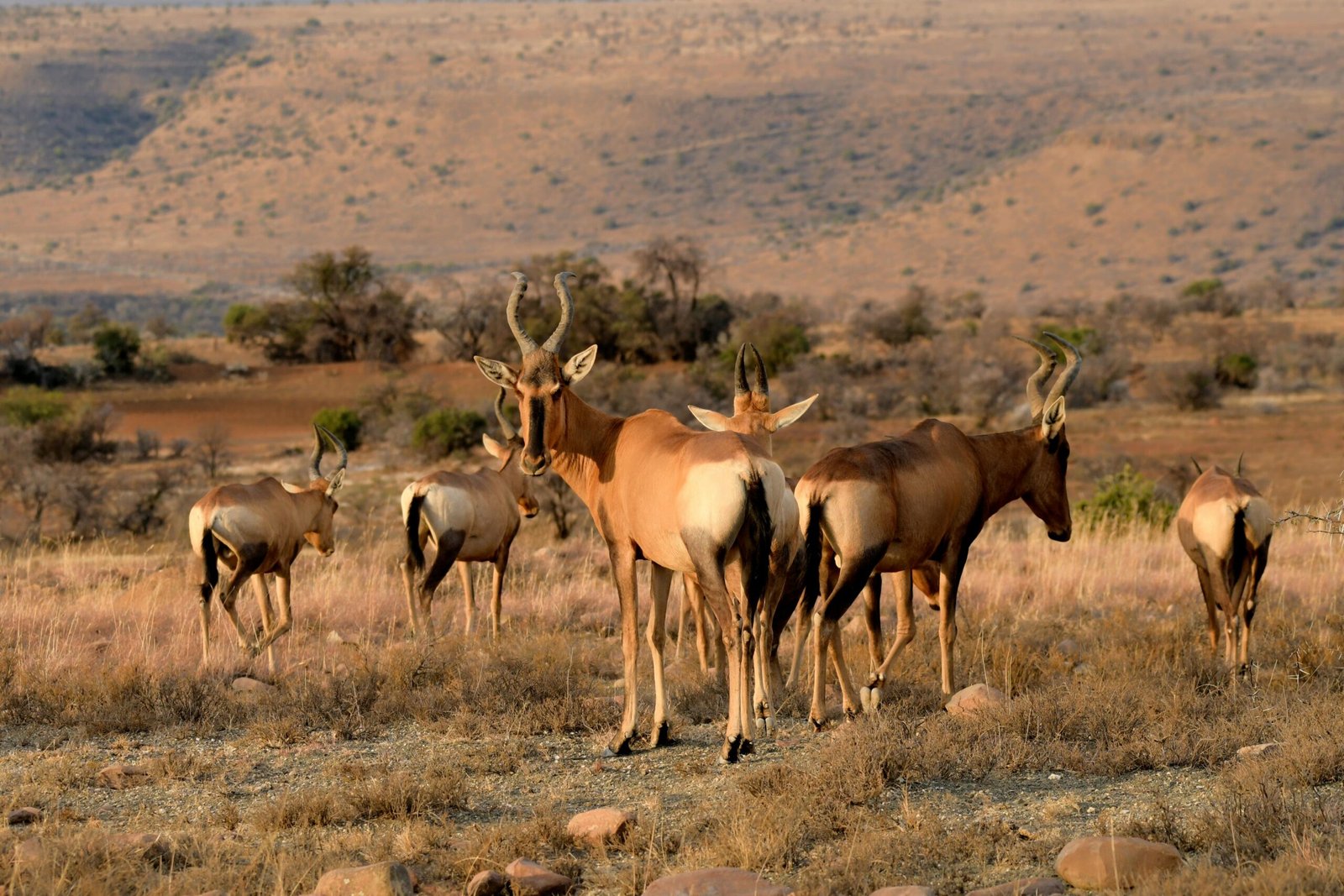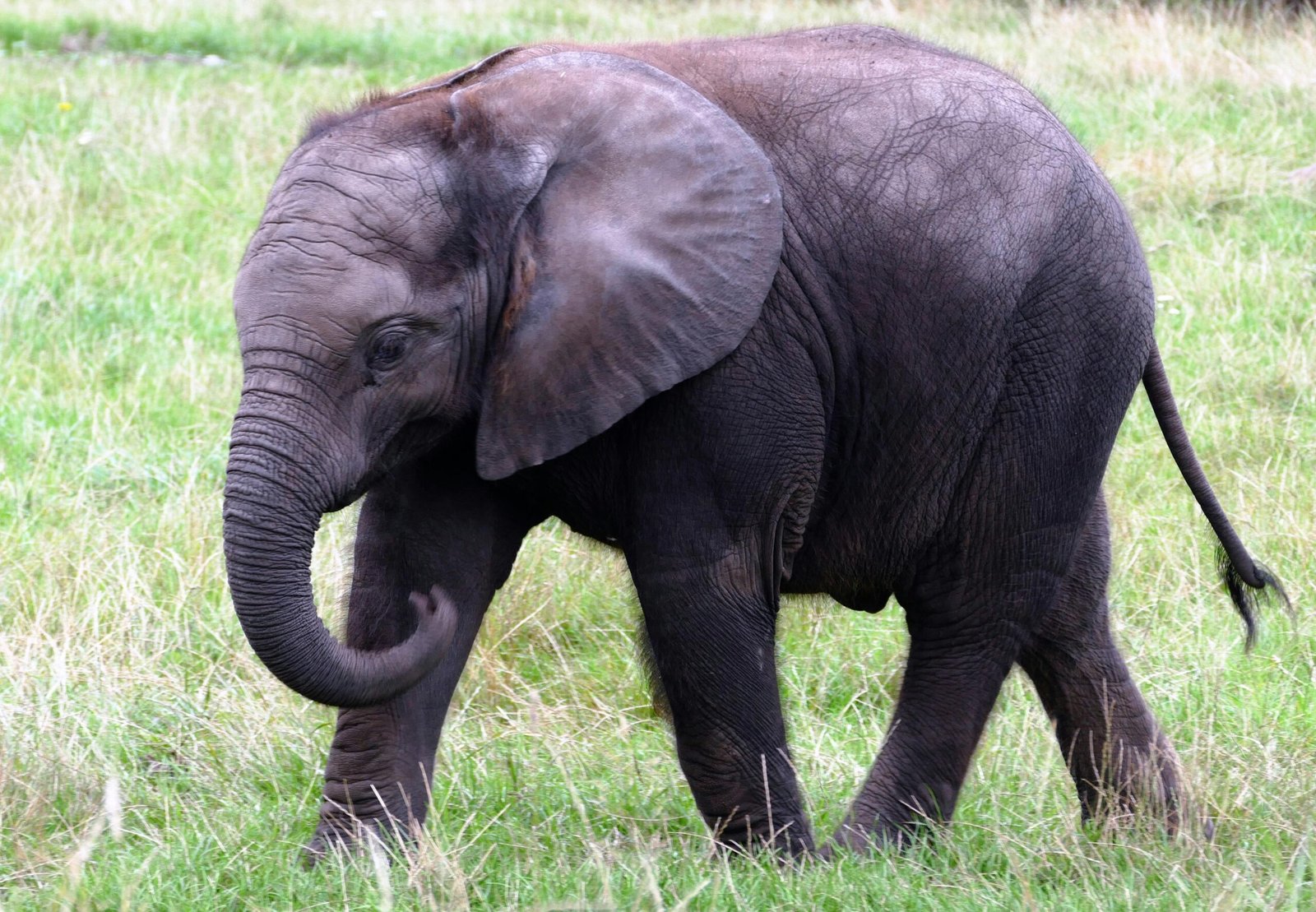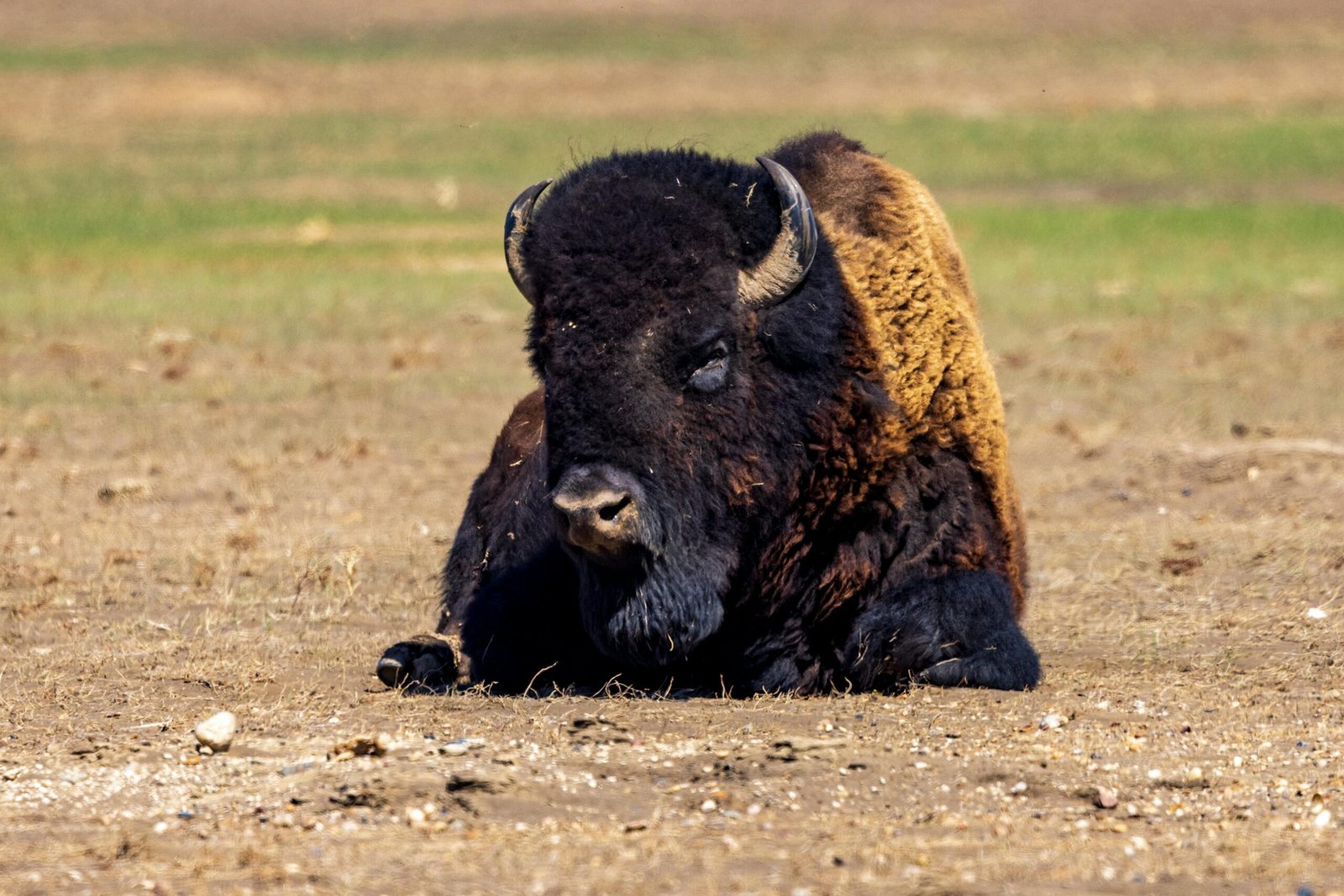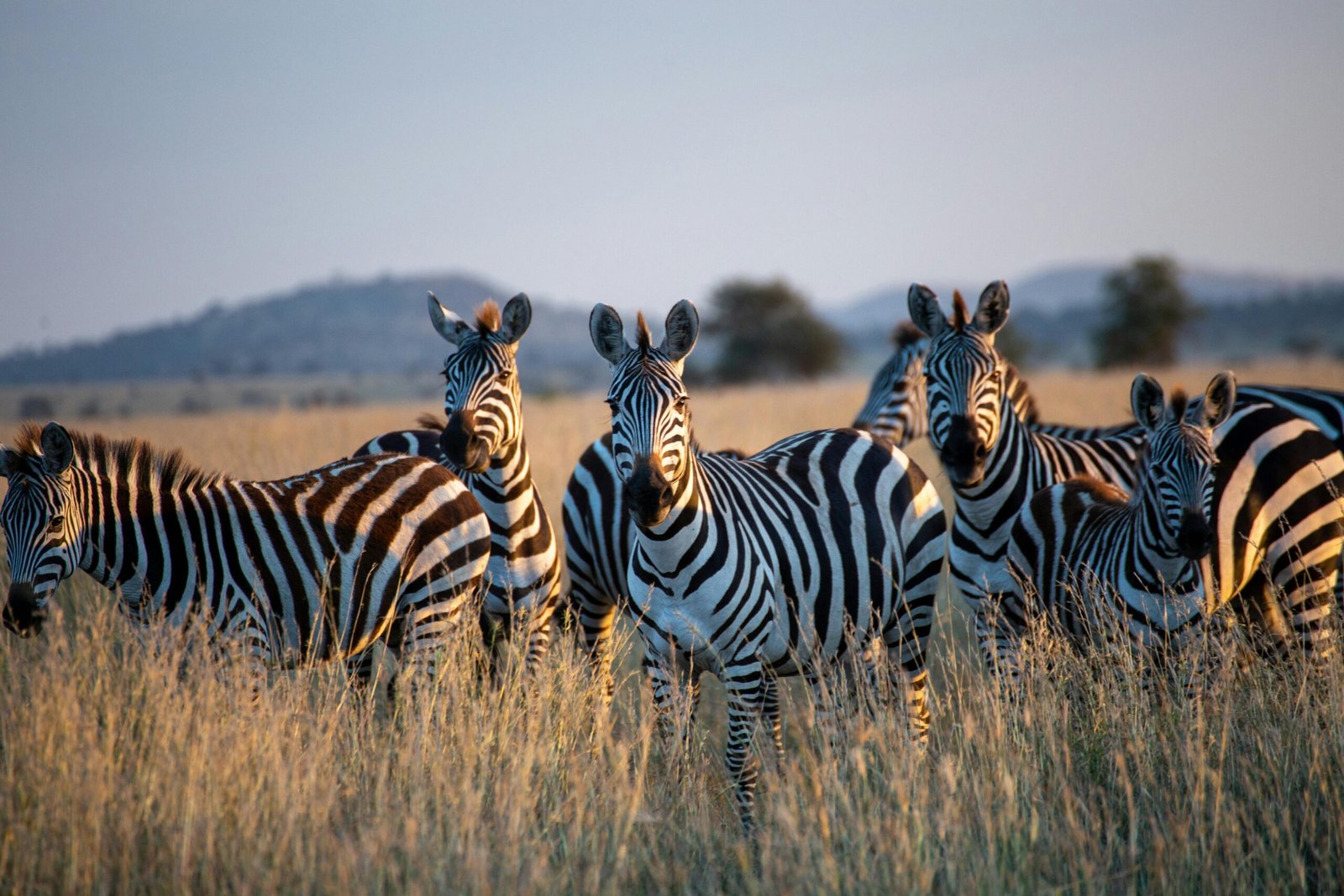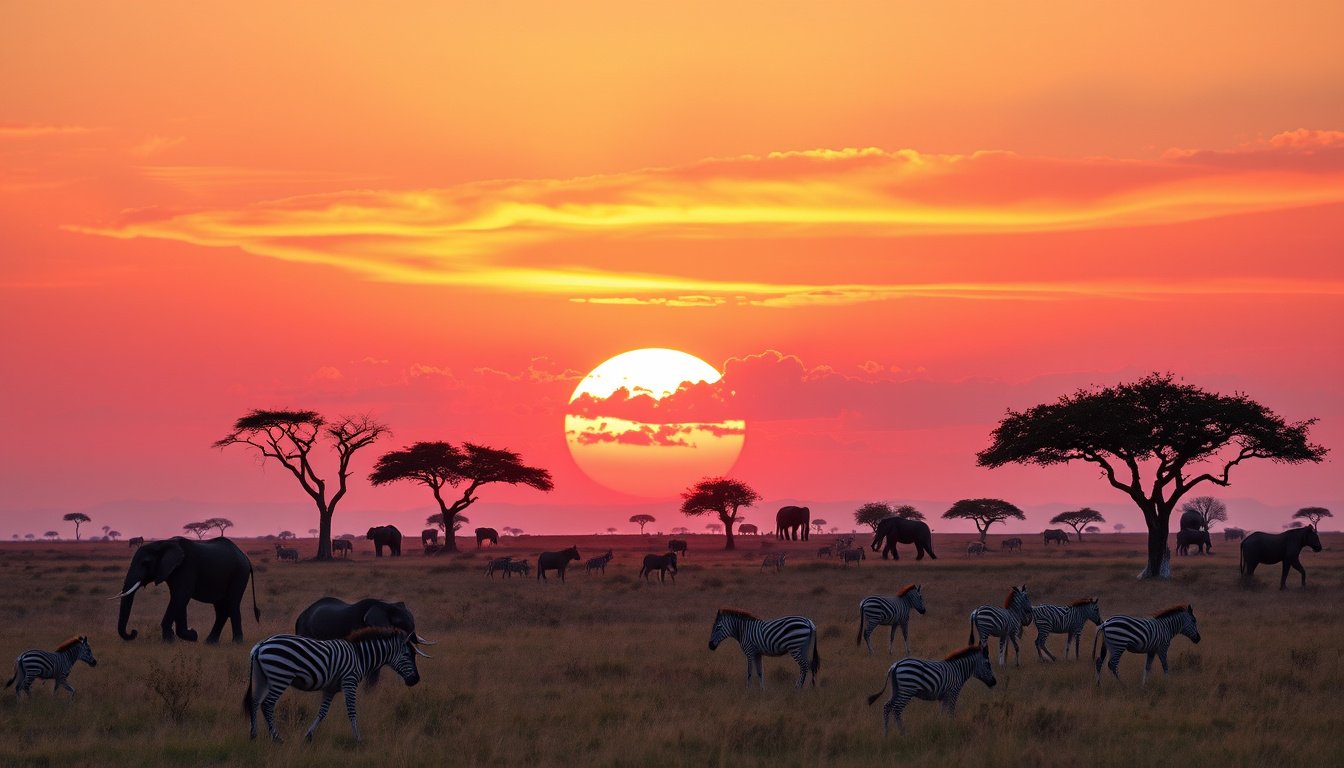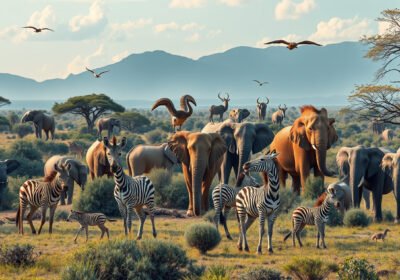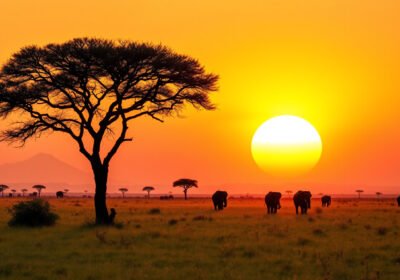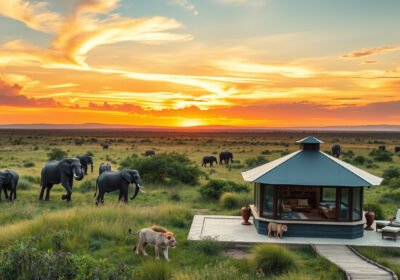Kenya Safari Holidays offer an unparalleled opportunity to immerse yourself in the breathtaking beauty of Africa’s wildlife and landscapes. With its diverse ecosystems, Kenya is a prime destination for safari enthusiasts seeking unforgettable adventures and unique experiences. From the Great Migration in the Maasai Mara to the majestic elephants in Amboseli, Kenya’s national parks and reserves are teeming with incredible wildlife and rich cultural heritage. In this article, we will explore everything you need to know about planning the perfect Kenya Safari Holiday, including types of experiences available, top destinations, expected wildlife encounters, seasonal considerations, and tips for engaging with local communities. Prepare to embark on a journey that will leave you with memories to last a lifetime.


Top National Parks and Reserves for Safari Tours
When it comes to extraordinary wildlife experiences, few destinations rival the breathtaking beauty and unparalleled adventure of Kenya Safari Holidays. Among the crown jewels of this East African paradise are the renowned national parks and reserves that provide an intimate glimpse into the magnificent ecosystems teeming with diverse flora and fauna. Maasai Mara National Reserve is perhaps the most famous, known for its stunning annual wildebeest migration, making it a bucket-list destination for wildlife enthusiasts. Similarly, Amboseli National Park offers awe-inspiring views of Mount Kilimanjaro as a backdrop to large herds of elephants, while Tsavo National Park, one of the largest parks in the world, is celebrated for its rich biodiversity and dramatic landscapes. If seeking a more off-the-beaten-path experience, the Samburu and Buffalo Springs Reserves showcase unique wildlife species, further enhancing the Kenya Safari Holidays experience. Each of these parks provides not just thrilling game drives, but also immersive cultural encounters with local tribes, making your safari an unforgettable adventure.
Wildlife Encounters: What to Expect on Your Safari
When planning your Kenya Safari Holidays, one of the most exhilarating aspects is the opportunity for unforgettable wildlife encounters. As you traverse the stunning landscapes, from the savannahs of the Maasai Mara to the forests of Aberdare, you’ll experience firsthand the vibrant ecosystem that Kenya is renowned for. Expect to see the iconic Big Five—lions, leopards, elephants, rhinos, and buffalo—as well as a plethora of other wildlife like giraffes, zebras, and wildebeest roaming freely in their natural habitat. Each safari drive presents unique photo opportunities, making early mornings or late afternoons the best times for sightings. Don’t forget your binoculars and camera to capture the stunning diversity of flora and fauna. Additionally, knowledgeable guides will enhance your experience by sharing insights about animal behavior and conservation efforts, ensuring that your Kenya Safari Holidays are not only enjoyable but also educational. With each encounter, you’ll gain a deeper appreciation for the beauty and majesty of Africa’s wildlife.

Best Time to Go: Seasonal Considerations for Safari
When planning your unforgettable Kenya Safari Holidays, understanding the seasonal dynamics is crucial for maximizing your experience. The best time to embark on a Kenya safari is during the dry season, from late June to October, when wildlife congregates around diminishing water sources, making them easier to spot. This period coincides with the renowned Great Migration, a breathtaking spectacle of wildebeest and zebras journeying across the Maasai Mara, drawing animal lovers from all corners of the globe. Alternatively, visiting during the wet season, from November to March, offers a different but equally captivating experience, with lush landscapes and vibrant birdlife. However, be mindful that heavy rains can lead to challenging driving conditions. Ultimately, the timing of your Kenya safari holiday can greatly influence your encounter with wildlife, so choose wisely to ensure an adventure filled with unforgettable moments.
Cultural Experiences: Engaging with Local Communities during Safaris
When planning your Kenya safari holidays, engaging with local communities can significantly enhance your experience and provide a deeper understanding of the rich culture that thrives alongside the country’s breathtaking landscapes and diverse wildlife. Many safari operators now offer immersive cultural experiences that allow travelers to interact with indigenous tribes such as the Maasai, Samburu, and Kikuyu. These experiences may include guided village tours, traditional dance performances, and workshops showcasing local crafts. By participating in these activities, visitors gain insight into the daily lives, customs, and traditions of these communities, fostering a sense of connection and respect. Moreover, your visit can help support local economies and promote sustainable tourism, ensuring that these spectacular cultures can be preserved for future generations. So, while your Kenya safari holidays lead you through the vibrant national parks and reserves, take the opportunity to engage with local communities and enrich your adventure with meaningful cultural experiences.

Planning Your Safari: Tips for a Memorable Adventure
Planning your Kenya Safari Holidays can be an exhilarating yet daunting task, as there are so many aspects to consider to ensure a memorable adventure. Start by determining the best time to visit; typically, the dry season from June to October offers excellent wildlife viewing opportunities, especially during the Great Migration. Choose a reputable tour operator who understands your preferences—whether you prefer luxury lodges or a more budget-friendly camping experience. Research the various national parks and reserves, such as the Maasai Mara and Amboseli, to identify which ecosystems and animals you are most interested in. Additionally, remember to pack appropriately: light, breathable clothing is ideal, while a good pair of binoculars and a high-quality camera will help capture the stunning scenery and wildlife. Don’t forget to embrace local cultures and traditions, perhaps by including a village visit in your itinerary, which can enrich your safari experience. Lastly, ensure you’re up to date on vaccinations and travel insurance for a safer journey. By following these tips, you can maximize the enjoyment of your Kenya Safari Holidays and create memories that will last a lifetime.
Frequently Asked Questions
What types of experiences can I choose from on Kenya safari holidays?
Kenya safari holidays offer a range of experiences including game drives, walking safaris, hot air balloon rides, and cultural interactions with local communities. You can opt for private safaris, group tours, or family-friendly excursions depending on your preferences.
Which national parks and reserves are the best for safari tours in Kenya?
Some of the top national parks and reserves for safari tours in Kenya include the Maasai Mara National Reserve, Amboseli National Park, Tsavo National Park, and Lake Nakuru National Park. Each location offers unique wildlife viewing opportunities and stunning landscapes.
What wildlife can I expect to encounter on a Kenya safari?
On a Kenya safari, you can expect to see a wide variety of wildlife including the Big Five (lion, leopard, elephant, buffalo, and rhino), as well as giraffes, zebras, wildebeests, cheetahs, and numerous bird species. The diversity of wildlife varies by park, so it’s advisable to research each location.
When is the best time to go on a Kenya safari?
The best time for a Kenya safari typically depends on what you want to experience. The dry season, from June to October, is ideal for wildlife sightings as animals gather around water sources. However, the Great Migration in the Maasai Mara usually occurs from July to September, making this a popular time for visitors.
How can I plan a memorable Kenya safari experience?
To plan a memorable Kenya safari, consider booking with reputable safari operators, choose the right type of safari experience that suits your interests, research the best national parks to visit, and involve cultural experiences with local communities. Additionally, it’s crucial to pack appropriately and ensure your health and safety needs are met before your trip.

